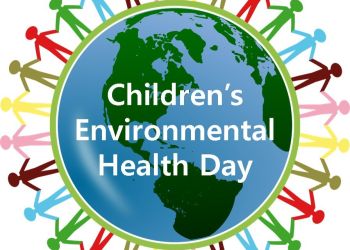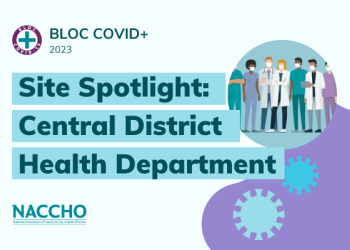The Centers for Disease Control and Prevention’s (CDC’s) Vital Signs monthly report covers important health threats and details what can be done to drive down these diseases.
The August 2018 issue, released on August 7th, is the largest report to-date on longer-term outcomes related to Zika virus in U.S. babies, and it highlights the importance of monitoring the health and development of these babies into early childhood.
Key data points in the Vital Signs report include the following:
- Over 4,800 pregnancies in the U.S. territories and freely associated states had a laboratory result showing confirmed or possible Zika virus infection from 2016-2018.
- From these pregnancies, 1,450 babies were one year or older by February 1, 2018, and had any follow-up care reported to the U.S. Zika Pregnancy and Infant Registry.
- About 1 in 7 of these 1,450 babies had one or more recognized health problems possibly caused by Zika reported.
- About 6% of these babies had Zika-associated birth defects, such as small head size, brain damage, or eye damage.
- About 9% had nervous system problems possibly caused by Zika, such as seizures, problems with swallowing and moving, or learning delays.
- Many of these health problems were not recognized at birth.
- Only 1 in 3 of these 1,450 babies had an eye exam by an eye doctor reported.
- Without evaluation, some health problems might go undetected.









